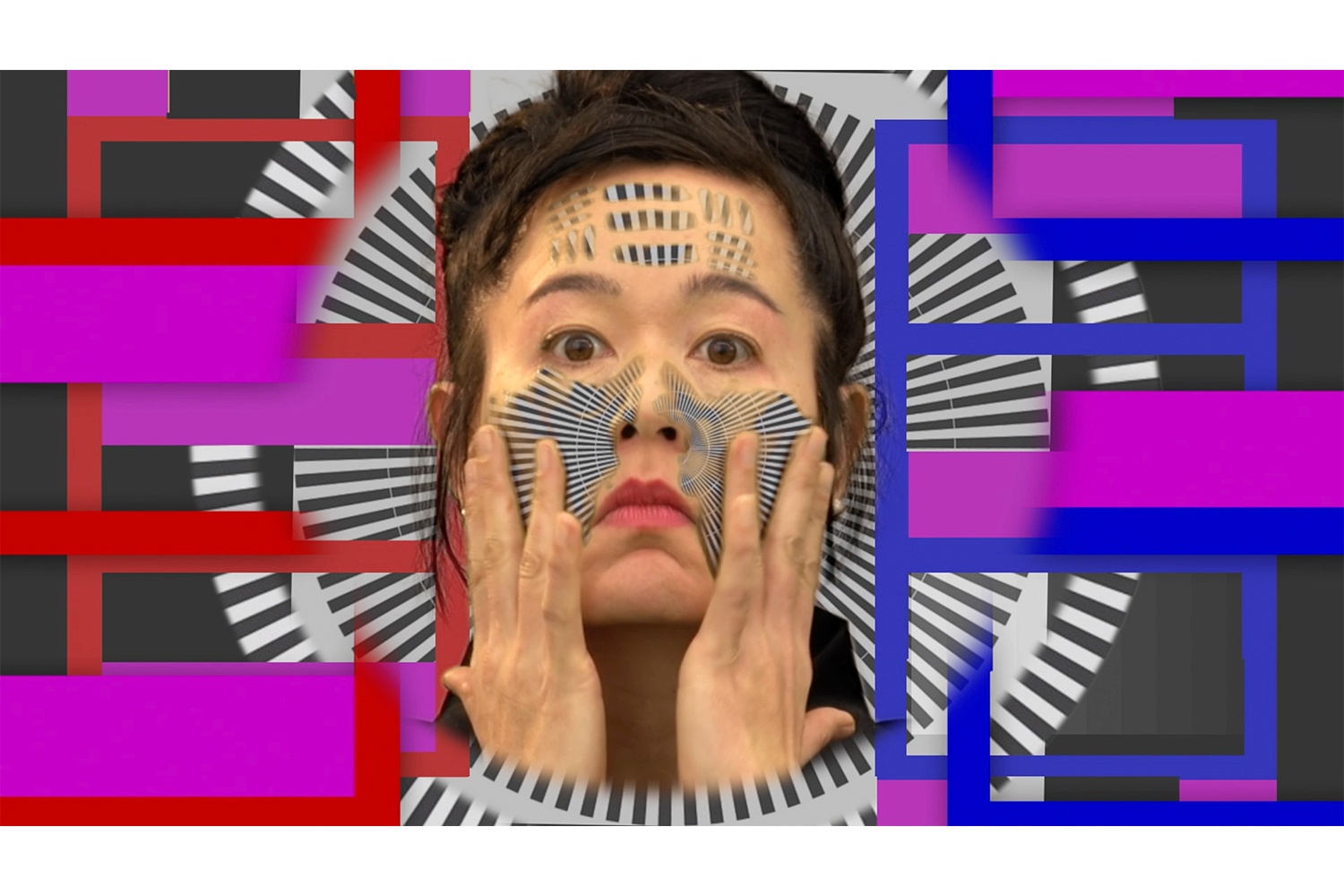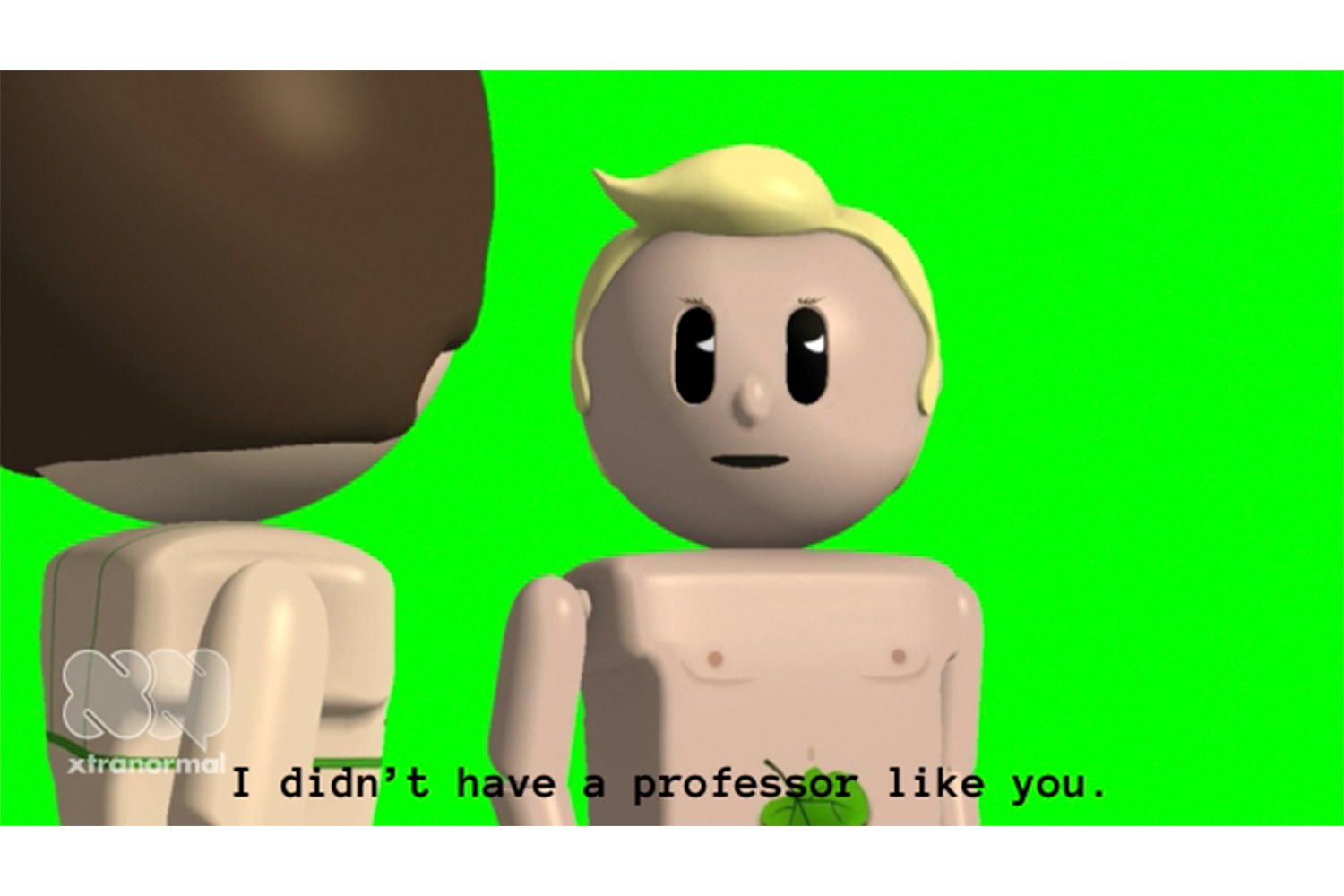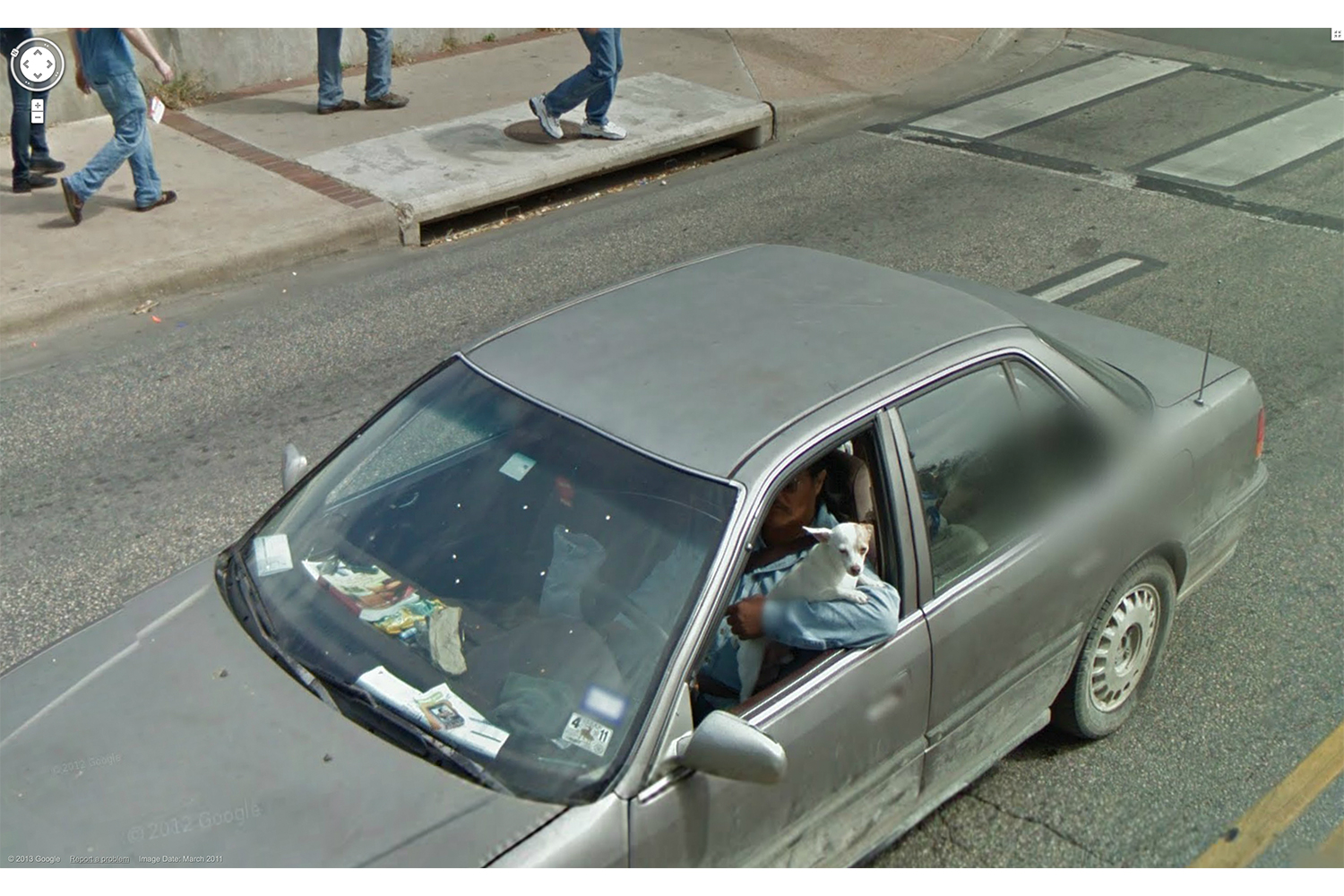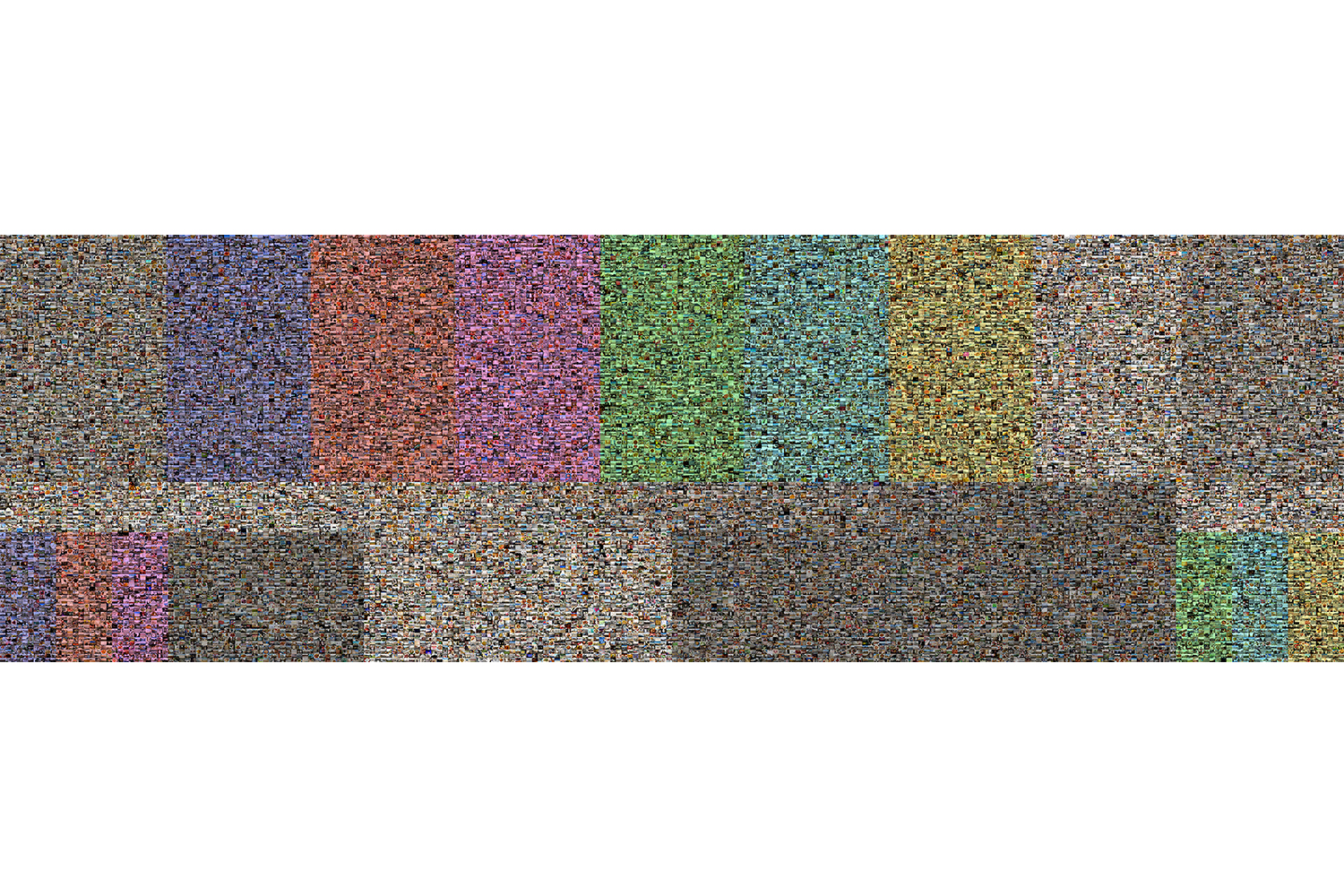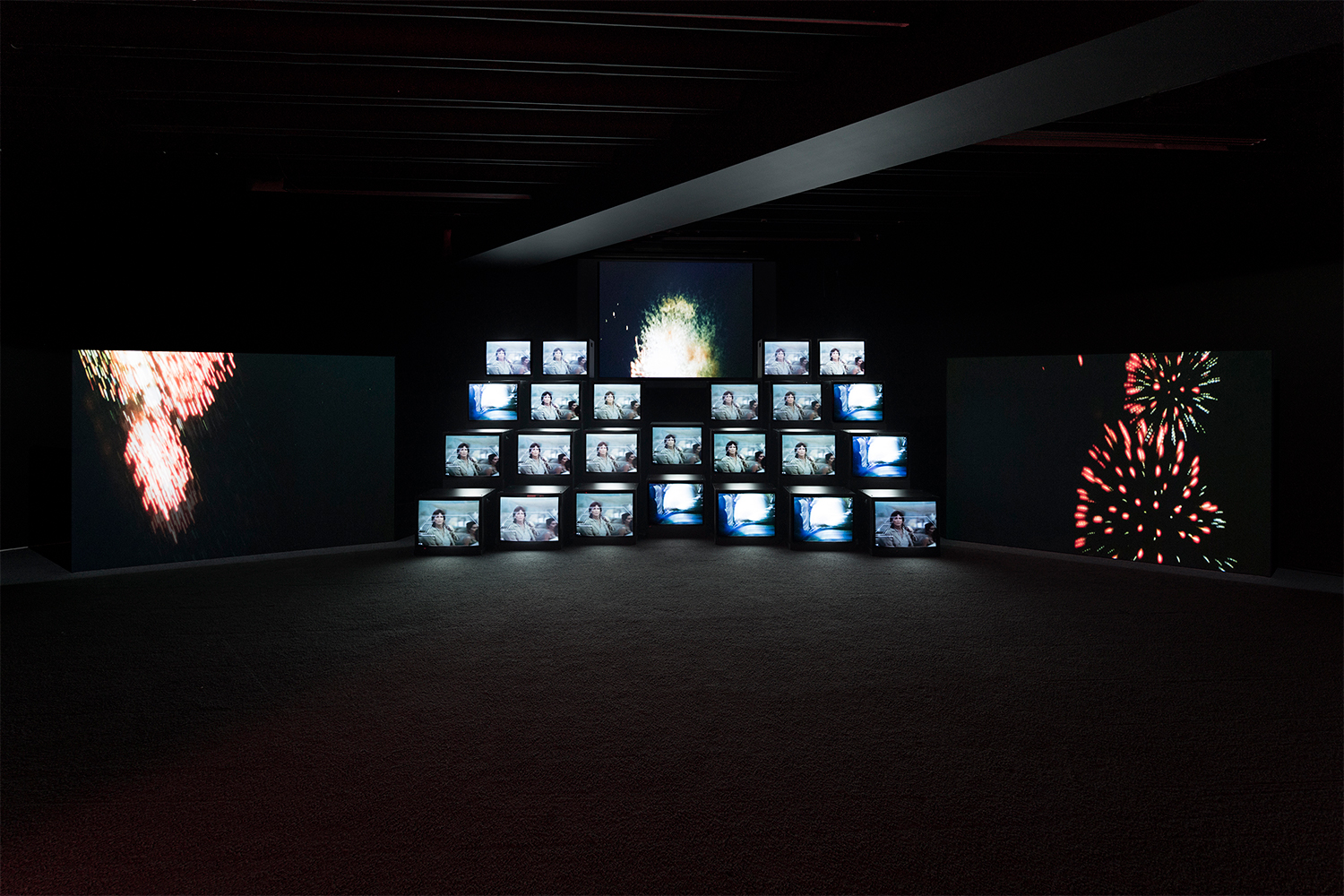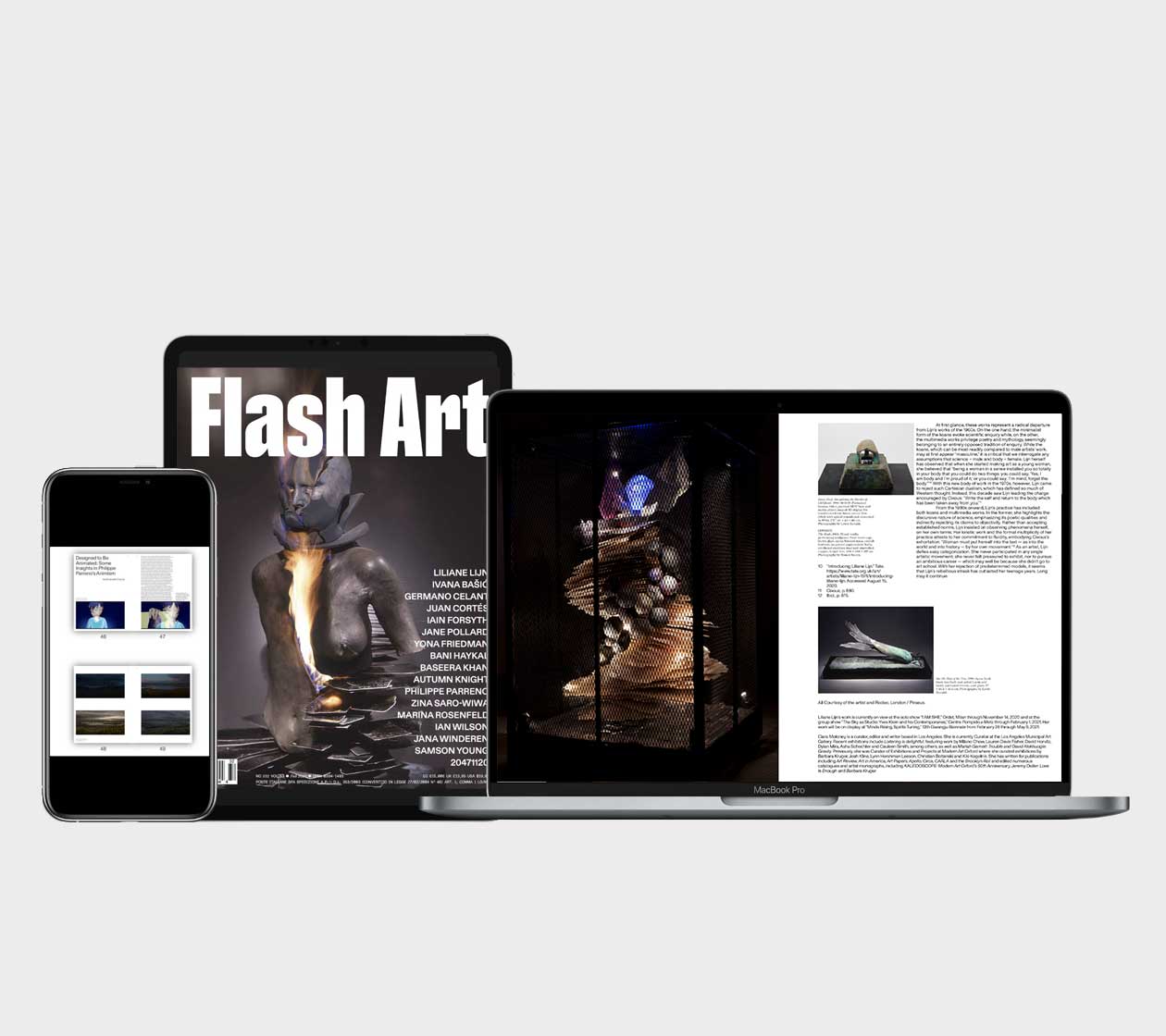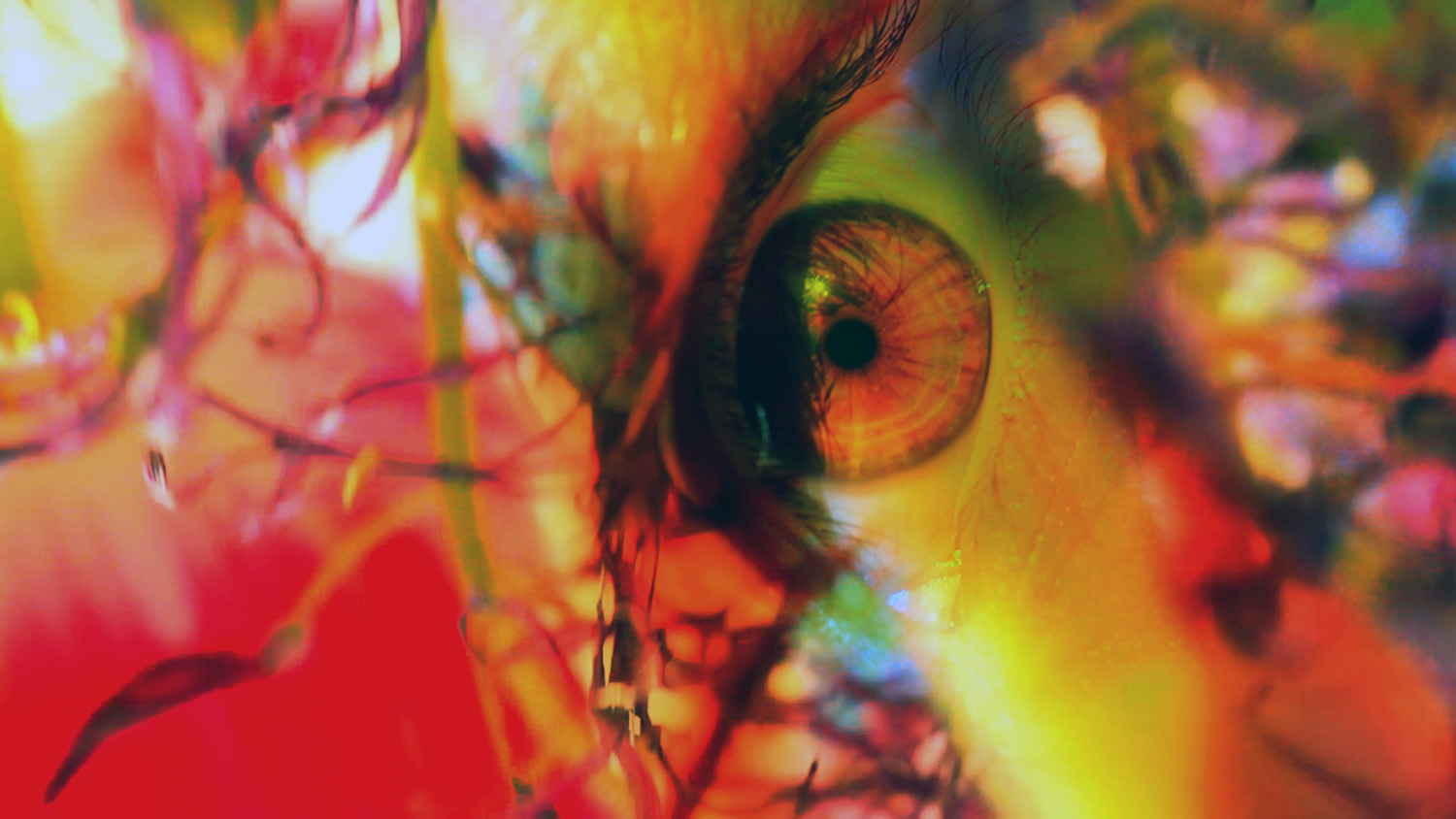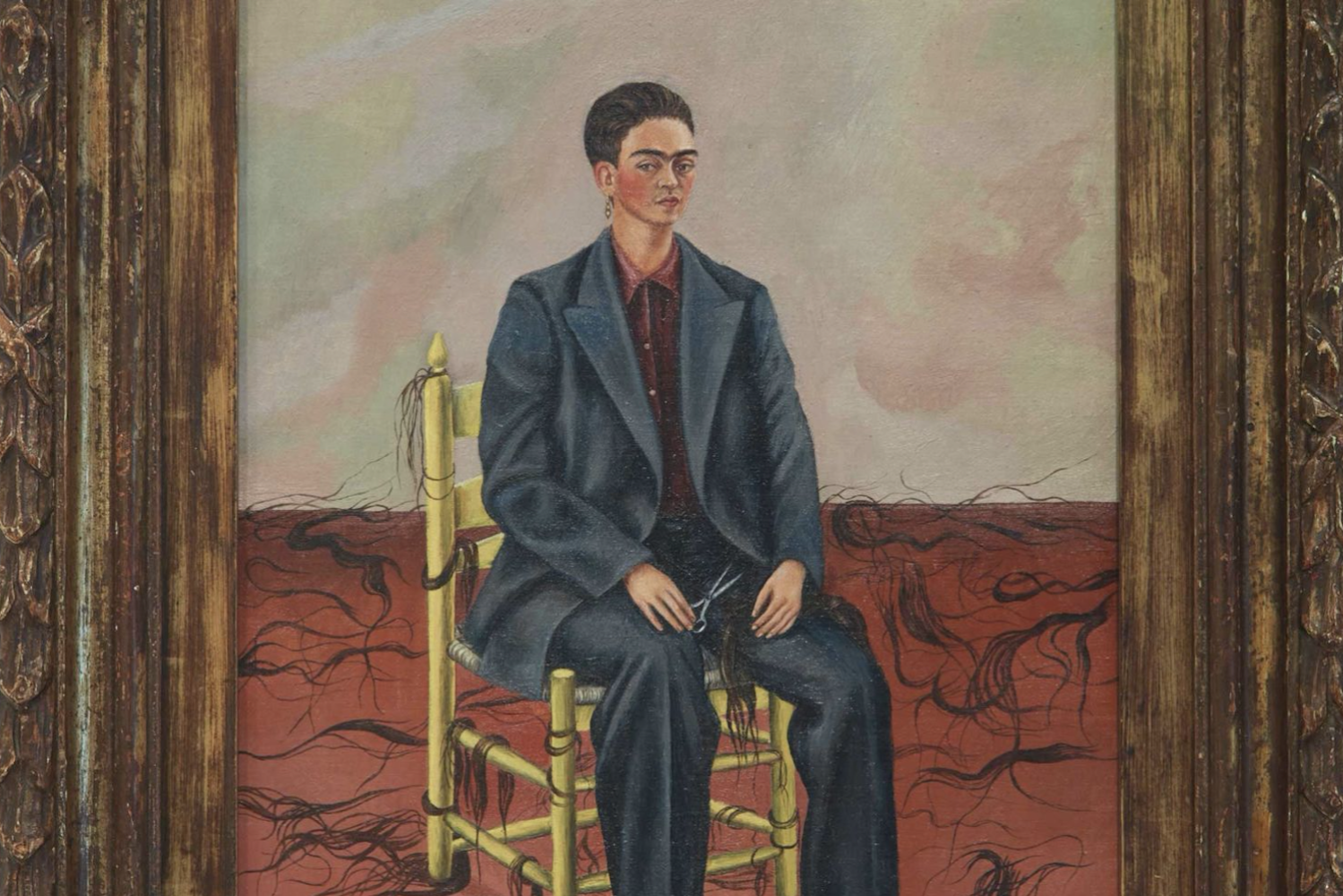“I’ll Be Your Mirror: Art and the Digital Screen” is a thematic group exhibition at the Modern Art Museum of Fort Worth that examines the screen’s vast impact on art from 1969 to the present. This exhibition surveys more than sixty works by fifty artists over the past five decades. The artists included examine screen culture through a broad range of media such as paintings, sculpture, video games, digital art, augmented reality, and video.
Screens affect nearly every aspect of life today. Their pervasiveness has bred a 24/7 breaking news cycle, the looming corporate-sponsored virtual-reality “Metaverse,” unlimited accessibility and content, and an ease in how ideas and images are distributed, undoubtedly shaping culture in profound ways. This exhibition starts in 1969—the year of the televised Apollo moon landing and the launch of the internet’s prototype, ARPANET—as this was the watershed year where collective connectivity through screens was first mobilized in modern society. This era forged what the media theorist Marshall McLuhan presciently deemed in the 1960s a “global village,” a place where distance is collapsed and people from across the world readily interact. Following this trajectory, contemporary life is hybrid and increasingly mediated through screens. These flat and finite surfaces embody more than what meets the eye— they hold up a mirror to society and contribute to forming meaning in life and mainstream culture.
“I’ll Be Your Mirror: Art and the Digital Screen” is organized into nine key themes:
liminal space: From the late 1960s to the late 1990s, several artists were working alongside the early major technological developments of the screen: Gretchen Bender, Nancy Burson, Harold Cohen, Vuk Ćosić, Peter Halley, Frederick Hammersley, Lynn Hershman Leeson, Eduardo Kac, Tatsuo Miyajima, Nam June Paik, Lillian F. Schwartz, and Andy Warhol. These artists’ works are highlighted in this section for their innovative processes.
connectivity: Screens connect us with incredible ease to friends, colleagues, a network of other users and players, apps, news, and streaming services. We share—and are shared with—through screens. As culture courses through society via these means, screens are at the axis of most of our interactions, and these connections are a topic interrogated by many artists, including Cory Arcangel, Liss LaFleur, Eva and Franco Mattes, Cassie McQuater, Jacolby Satterwhite, Frances Stark, and Wickerham & Lomax.
surveillance: While we find community through technology, we simultaneously become linked to broader systems of data extraction through our devices. Our information is captured for national security purposes, geo-mapping, and corporate surveillance capitalism, where targeted ads are deployed based on purchases and browsing history. Hasan
Elahi, Electronic Disturbance Theater 2.0, Rafael Lozano-Hemmer, and Jon Rafman investigate the positive, negative, and humorous aspects of surveillance today.
the repository: Today’s constant stream of data has led to round-the-clock ingestion of content. This informational sphere is made even more accessible via handheld devices. Speaking to a vast and complex array of image and information circulation in the screen age are the artists Morehshin Allahyari, Kahlil Robert Irving, Trevor Paglen, Jason Salavon, Skawennati, and Penelope Umbrico.
digital abstraction: While painters of all genres use technology in their work, artists such as Cory Arcangel, Wade Guyton, Jacqueline Humphries, Laura Owens, and John Pomara explore the intersections of the digital screen and
formal abstraction. Historically compared to windows and mirrors, the often flat, rectangular format of paintings also acts like a screen in today’s world—a passageway that disrupts the viewer’s physical space or mirrors contemporary life.
the posthuman body: In the digital age, technology has become an extension of the body. Posthumanism, a conceptm arising from science fiction, is the idea that humans will be transformed by technological progress. Depictions of the human body in a media-induced world are far from monolithic, as demonstrated by the artists Caitlin Cherry, Petra Cortright, Huntrezz Janos, Guthrie Lonergan, Carson Lynn, Avery Singer, and Hito Steyerl, who traverse concepts of self and portraiture in the technological era.
Automation and the loneliness epidemic: The relationship between man and machine is addressed by Cao Fei and !Mediengruppe Bitnik, specifically the tension of isolation in an increasingly automated world. Set in environments where human labor has been replaced by automation, Cao Fei’s and !Mediengruppe Bitnik’s works exemplify the paradoxes of human intimacy in the screen age.
ecology: Electronic debris, such as plastics, batteries, monitors, and phones, fills landfills and off-gasses toxins that contribute to water pollution. Several artists in this exhibition, including American Artist, Alice Bucknell, Simon Denny, Kristin Lucas, Rick Silva, and Elias Sime, demonstrate the complexities of ecology in the digital age.
turning a mirror on ourselves: Holding a mirror to society and ourselves, screens construct reality, molding many of the themes at the forefront of culture today. Through extraordinarily different works, the artists Arthur Jafa and Molly Soda make videos that shine a light on society through the lens of found, vernacular videos already circulating online.
More than 25,000 square feet of gallery space will be devoted to the exhibition, which will include iconic works by prominent national and international artists of the 20th and 21st centuries, such as Cory Arcangel, American Artist, Gretchen Bender, Lynn Hershman Leeson, Arthur Jafa, Nam June Paik, Hito Steyerl, and Andy Warhol, as well as several leading artists living in Texas, including Liss LaFleur, Kristin Lucas, and John Pomara. Several new and never before-seen works by key artists Caitlin Cherry, Simon Denny, Hasan Elahi, and Kahlil Robert Irving will debut in this exhibition. This is the most in-depth show of its kind in the Southwest region and is one of only a few presentations exploring art and digital technology in the past decade at this scale.
Curator Alison Hearst notes: “Artists have long shone a light on the world and the human experience, and the artists in “I’ll Be Your Mirror: Art and the Digital Screen” respond to, challenge, and probe new technologies and the cultural conditions these technologies have shaped. Using the screen as a tool and formal device, many of the artists in this exhibition expand the parameters of artmaking through the digital language unique to their generation.”

